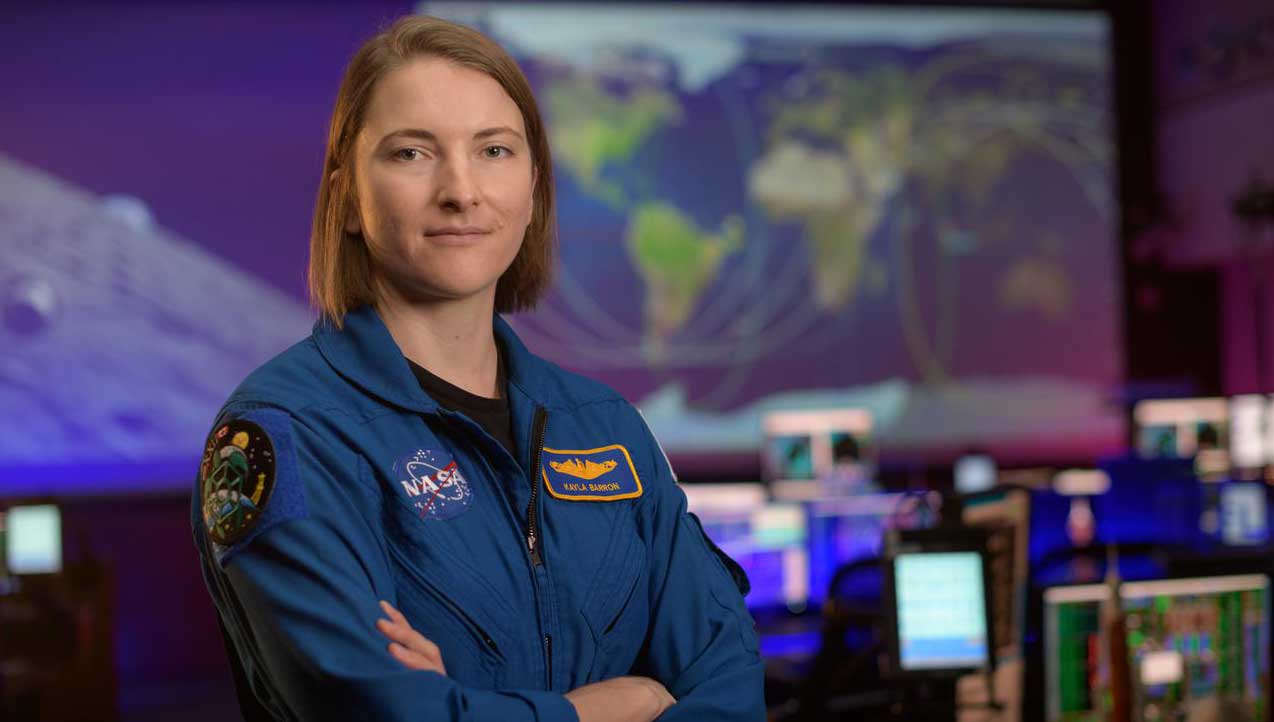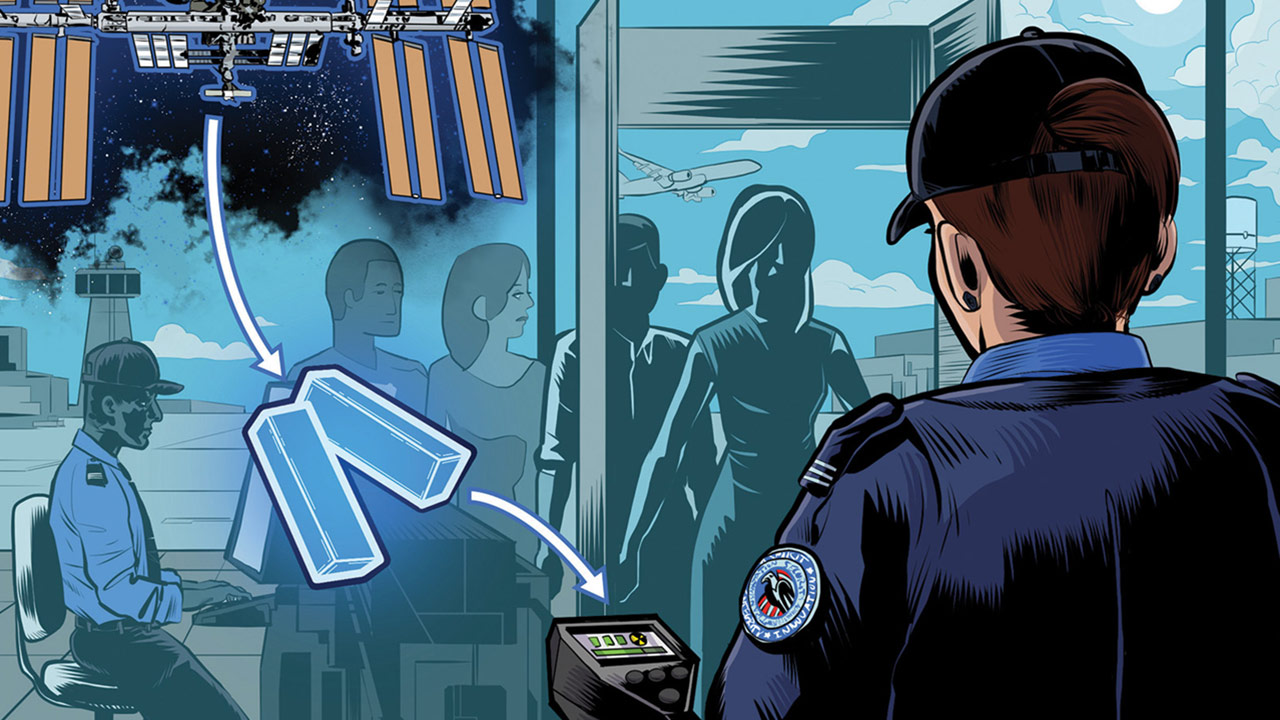Case Study
Wearable Radiation Shielding
ISS Testing Advances a Vest to Shield Astronauts From Space Radiation
ISS National Lab Opportunity
The ISSInternational Space Station serves as a critical testbed to evaluate radiation shielding technology under spaceflight conditions.
Lockheed Martin and StemRad developed the AstroRad radiation shielding vest. While the vest had undergone ground-based testing, only spaceflight could reveal how it truly performs during routine astronaut activities. By observing how the vest affects crew mobility, fit, and comfort during exercise and daily tasks, the team could collect essential data to refine the design and support its use on future missions to the Moon and Mars. The ISS provided an opportunity to demonstrate the vest’s functionality in the environment where it is intended to operate, bridging the gap between prototype and operational technology for space exploration.
Industries:
Aerospace, Biotech
Strategic Focus Area:
Technology Development
Research Area:
Radiation mitigation technologies
Institution:
Lockheed Martin and StemRad
IMPACTFUL OUTCOME
The space-based study validated a novel radiation-shielding vest for deep space missions, providing key insights to guide design improvements and advance technology readiness.
Through astronaut feedback collected onboard the ISS, the researchers evaluated the comfort and functionality of the AstroRad vest. Demonstrating its performance in space marked a critical milestone toward the vest’s deployment on long-duration missions. Data collected informed design refinements and integration strategies for operational use in future spacecraft. The AstroRad vest is a tangible product of ISS-enabled R&D that has been shown to help reduce astronauts’ exposure to radiation—a leading challenge for space exploration.

INVESTIGATOR(S)
Oren Milstein
Chief Scientific Officer and Co-Founder, StemRad

NASANational Aeronautics and Space Administration astronaut Kayla Baron tested the vest for comfort and function onboard the ISS.
Media Credit: NASA
The ISS National Lab really opened the door for us. It allowed us to test the vest in a real space environment and laid the groundwork for other collaborations and tests, where we could take the concept even further.
– Oren Milstein, StemRad

APPLICATION
By advancing wearable radiation protection, this research will help to enable safer crewed missions beyond low Earth orbit(Abbreviation: LEO) The orbit around the Earth that extends up to an altitude of 2,000 km (1,200 miles) from Earth’s surface. The International Space Station’s orbit is in LEO, at an altitude of approximately 250 miles..
One of the greatest threats to astronauts traveling beyond Earth’s magnetic field is exposure to galactic cosmic rays and solar energetic particles—high-energy radiation that can damage tissue and increase the risk of cancer over time. The AstroRad vest employs a targeted approach, shielding the vital organs most vulnerable to radiation while preserving astronaut mobility and function. Its flight demonstration on the ISS allowed researchers to assess real-world performance, providing insights that will inform safety measures for missions to the Moon, Mars, and beyond.
Note: This content is abridged from an article originally published in Upward,
the official magazine of the ISS National Lab.


